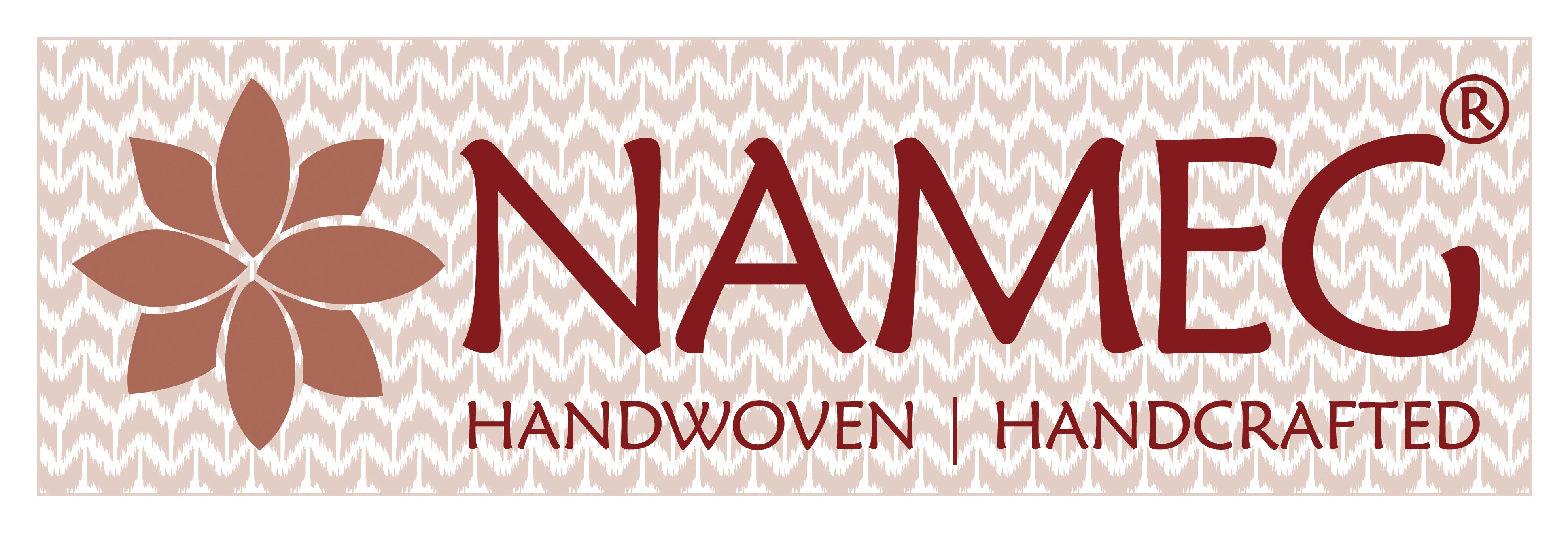Ikat - The Traditional Handloom
Ikat is an elaborate dying process done with silk or cotton fabrics. Ikat patterns are dyed and bound into the threads before the cloth is weaved.
Ikat the gorgeous handwoven fabric has always been popular for its different style and unparalleled beauty. If you have ever used one, you will know how unique it is.
Ikat is one of the most ancient techniques of dyeing the fabric. The term 'Ikat' has originated from Indonesia. However, now Ikat has probably devolved in several locations independently.
Admired for its beauty and creative scope, Ikat till date holds a strong dominance in the fashion realm. While reaping love around the globe, the uniqueness of this craft resides in its method of production.

Ikat originates from the Malaysian word 'mengikat' signifying "to tie, tie, or fold-over". This antiquated style of weaving includes utilizing an oppose colouring process, like splash-colour where either the weft (left to right) or twist (all over) yarns are coloured before they are woven on the loom. The subsequent examples now and again have a "shady" or "obscured" appearance that originates from the slight seeping of the colours into different regions. Ikat weaving is perhaps the most established type of material style and is thought to have started at the same time and autonomously in a few worldwide zones including India, Japan, Mexico and Argentina. Every area built up its own social themes and images, in spite of the fact that Ikat was quite often connected with status and riches because of its convoluted and troublesome strategy.
The present Ikat designs are new and strong. In style, we are seeing Ikat designs utilized on each design thing from skirts to dresses, from totes to shoes. The look is consistently attractive, and relying upon the shading and patterns, it can take on an ancestral crude look or a bubbly, fun and colourful flavour.

Ikat fabric is a dyeing technique used to create a distinct style of textile patterns. Ikat is done by resist dyeing sections of the yarns before weaving the fabric. In Ikat, the resist is formed by binding individual yarns or bundles of yarns with a tight wrapping applied in the desired patterns. The surface design of the Ikat fabric is created on both faces of the fabric; because of the yarn binding, Ikat fabric looks the same on both sides. There are three different types of ikat weaving which are as follows
- Wrap ikat
- Weft ikat
- Double ikat
Ikat is everywhere these days — as trendy as anything ancient can ever claim to be.
Visible in traditional textiles ranging from Southeast Asia to South America to the Middle East and beyond.
One should definitely have at least one of these beautiful and different varieties of hand wowed ikat saree in their gracious collection of sarees.
